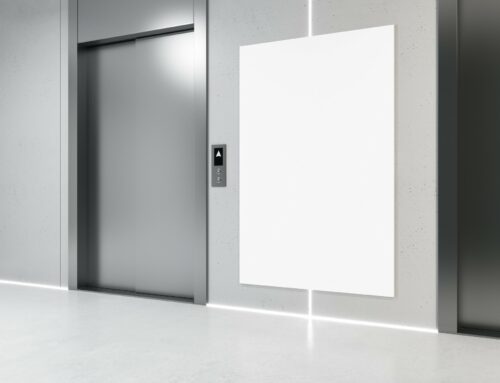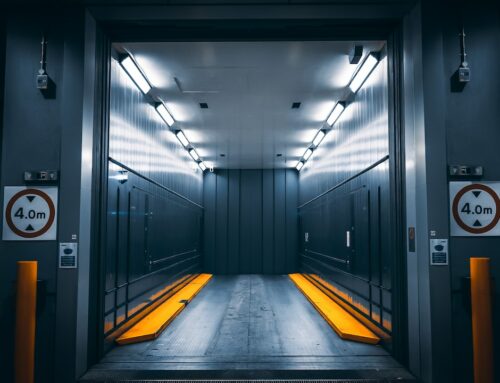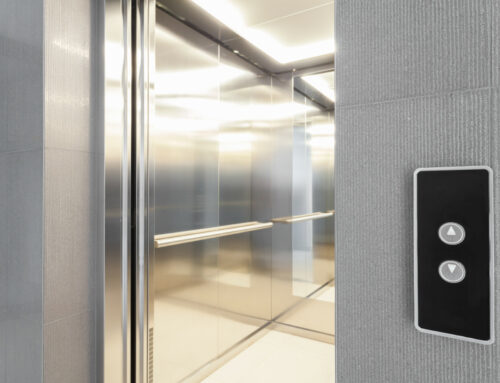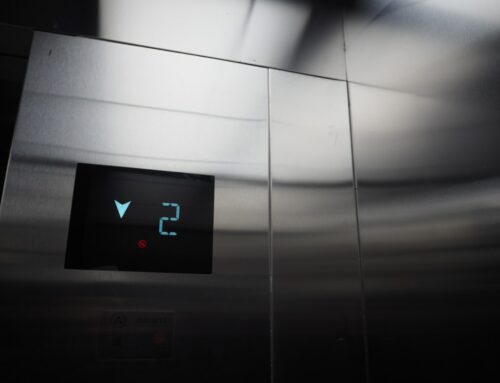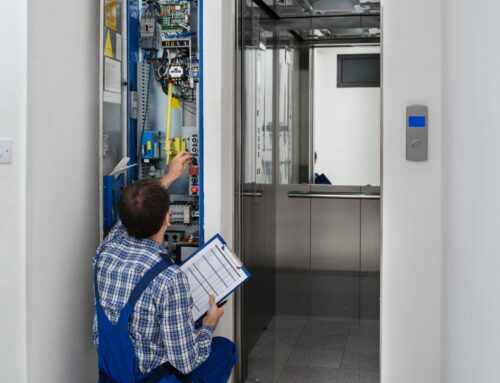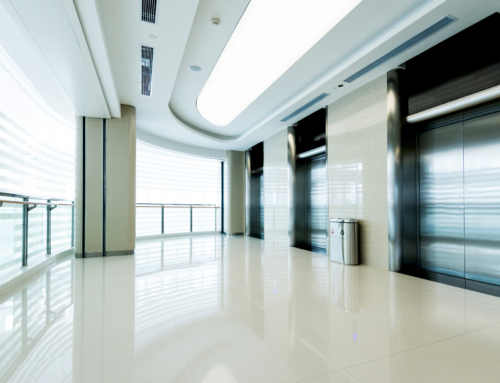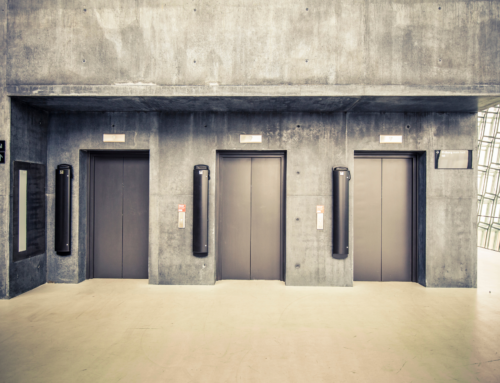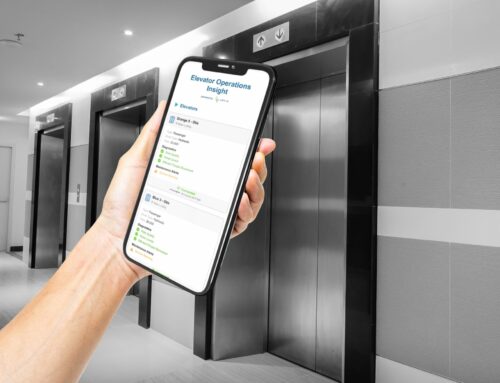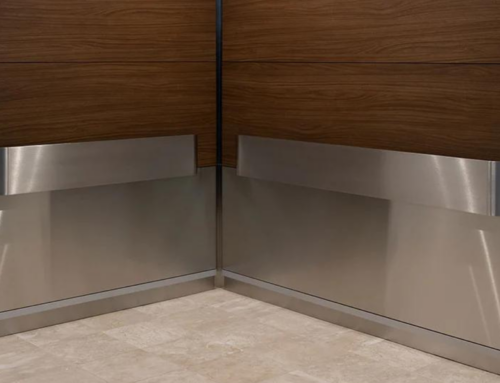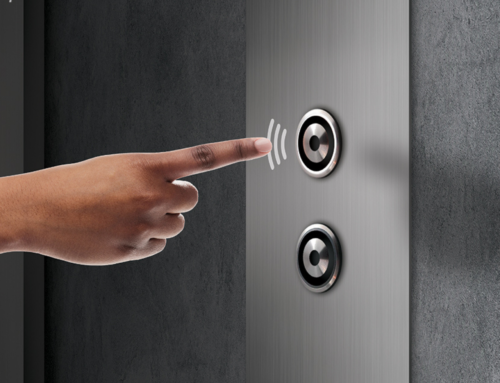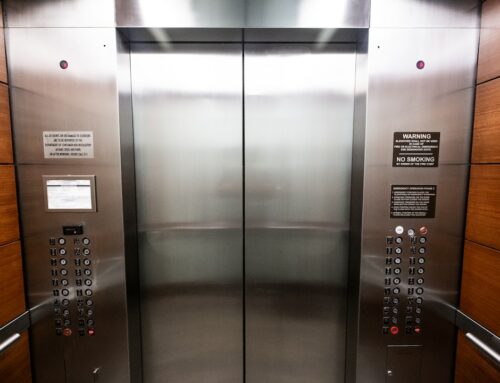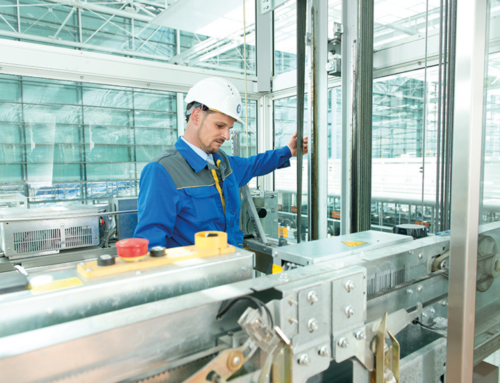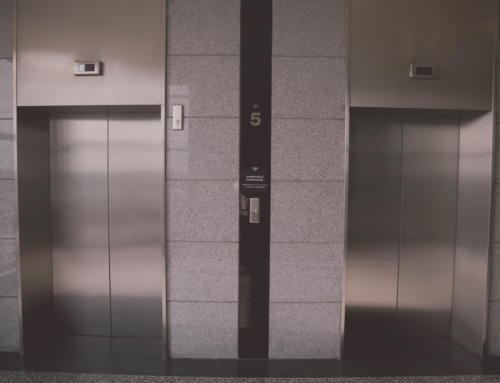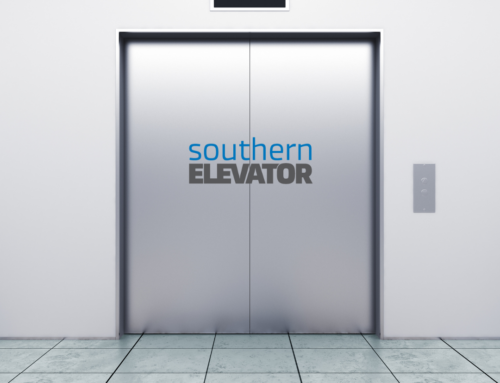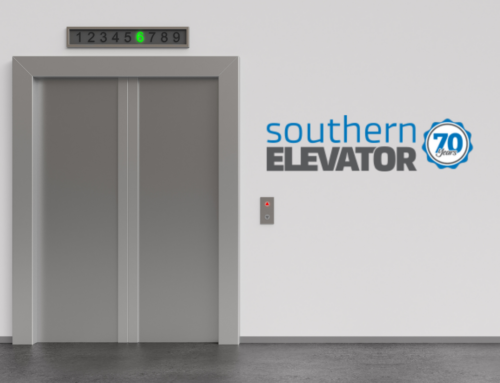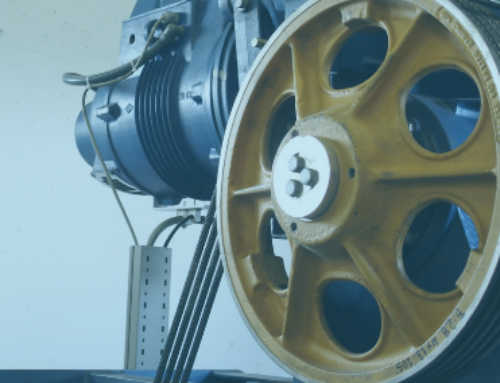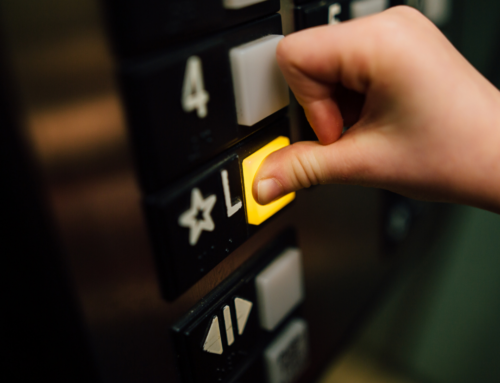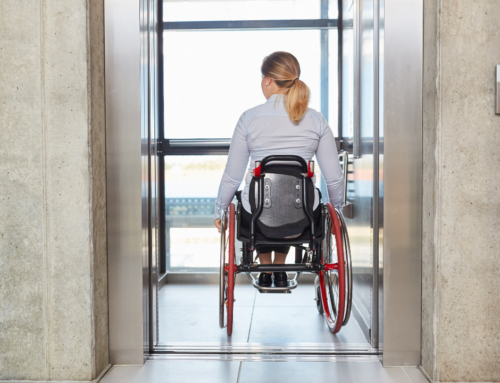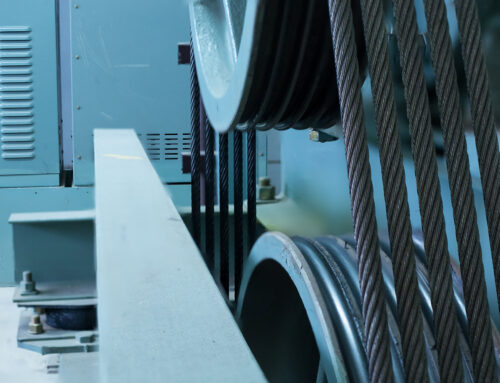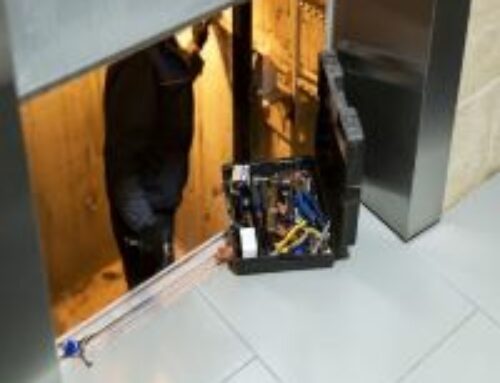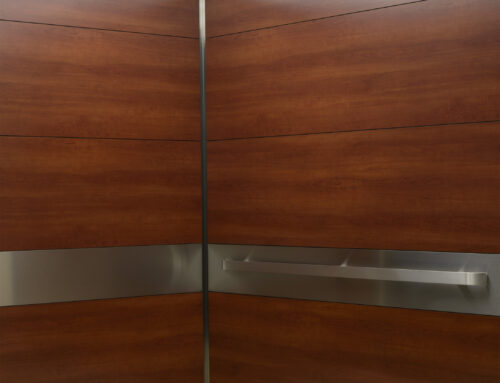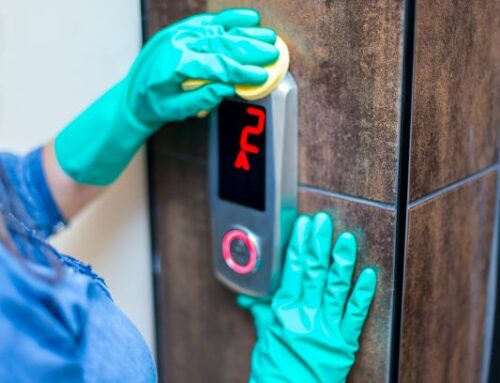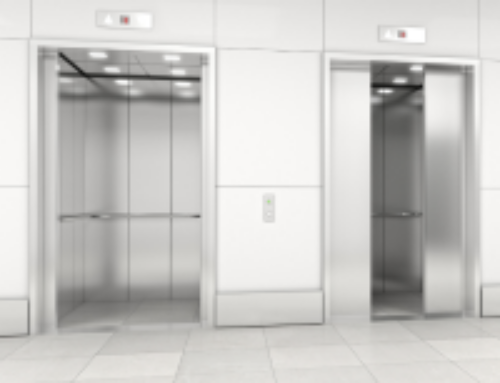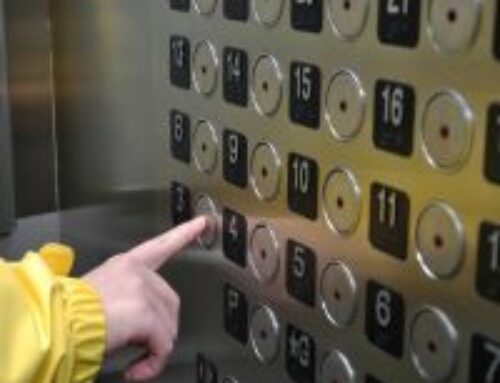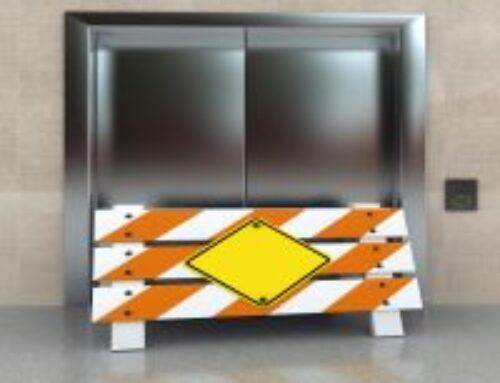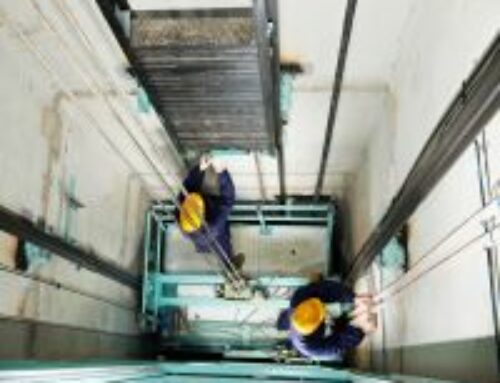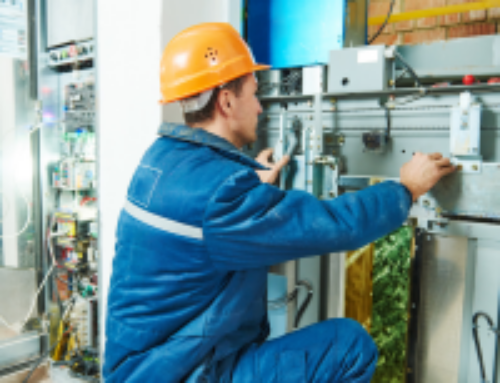Why settle for just keeping up, when you could be setting the pace? Elevator modernization isn’t merely about upgrading what’s there. It’s about reimagining the core of your building’s transportation system for the future.
As buildings age, so do their central systems, with elevators being key to both functionality and impression. The process of modernizing your elevators goes beyond simple improvements. It’s a transformative step towards ensuring safety, efficiency, and aesthetic appeal that aligns with the evolving expectations of users and building standards.
This article is a roadmap for building owners and commercial property managers to navigate the why and how of bringing their elevators into the 21st century by setting a new benchmark for property value and occupant experience. Keep reading to discover how elevator modernization can revolutionize your property by making it more competitive, compliant, and appealing.
The Need for Elevator Modernization
Commercial elevators are the backbone of any high-rise building. They ensure the smooth movement of people and goods. However, with time, even the most reliable elevators can become outdated and fail to meet the current needs for efficiency, safety, and aesthetics.
The aging infrastructure of many buildings poses a challenge. Older elevator systems are not equipped to handle the volume or speed that modern businesses require.
Moreover, building regulations have evolved significantly. They now emphasize improved safety and accessibility standards.
These regulations are not just hoops to jump through. They are essential for ensuring that everyone, regardless of ability, can use buildings safely and comfortably. For instance, features like emergency communication systems and accessibility for people with disabilities are now standard requirements, not optional extras.
The push for environmental sustainability has also become a critical factor. Older elevators tend to be energy hogs. They use more power and require more maintenance than their modern counterparts.
As a result, there’s a growing need to modernize elevators. Not only to keep up with legal requirements but to align with societal shifts towards sustainability and inclusion.
Benefits of Elevator Modernization
Modernizing commercial elevators brings a plethora of benefits. These directly impact building operations, occupant satisfaction, and property value.
One of the most significant advantages is improved safety. Modern elevators are equipped with advanced safety features such as:
- Better emergency brakes
- More reliable door sensors
- Interlocks
These upgrades are crucial for compliance with current safety codes. They ensure that building occupants are protected at all times.
Energy efficiency is another key benefit of modernization. By installing energy-efficient components buildings can see a substantial decrease in energy consumption. These can include:
- LED lighting
- Regenerative drives
- Variable frequency drives
This not only helps the environment but also translates into lower operational costs. A win-win for property owners and managers. For example, regenerative drives can actually feed energy back into the building’s power grid which offers savings that older systems could never achieve.
The aesthetic appeal of an elevator also plays a vital role in a building’s overall impression. Modernizing an elevator’s interior can transform it from a purely functional space into a pleasant and inviting environment. This aspect, though often overlooked, can significantly enhance a building’s attractiveness to potential tenants and visitors, thereby increasing its market value.
Lastly, the performance enhancements brought about by modernization cannot be overstated. Upgraded elevators operate more smoothly and quickly, with less downtime due to maintenance or repairs.
The Modernization Process
The first step in the elevator modernization process involves a thorough planning and assessment phase. This is where the current state of the elevator system is evaluated to identify what needs upgrading.
It’s like giving your elevator a check-up to figure out what parts are still in good shape and what parts need a refresh. This assessment covers things like:
- The machinery
- The electrical systems
- The cabin interiors
- Elevator controls
Elevator Customization
One size does not fit all when it comes to elevator modernization. Elevator customization plays a crucial role in this process. Customization options can range from selecting specific materials for the cabin interior to choosing advanced technological features that enhance efficiency and safety.
This step ensures that the modernized elevator will meet the unique needs of the building and its occupants. Whether it’s by fitting in with the aesthetic of a luxury hotel or handling the heavy traffic of a commercial office building.
Implementation
Once a plan is in place, the actual work begins. The implementation phase is about putting that plan into action.
This part of the process is handled with care to minimize disruption to the building’s daily operations. Modernization can include:
- Replacing old parts with new ones
- Installing updated technology
- Giving the elevator interiors a facelift
Efficiency and minimal disruption are key goals. They ensure that the building’s routine is maintained as smoothly as possible during the upgrade.
Making the Decision to Modernize
Deciding to modernize an elevator system isn’t always straightforward. It involves weighing the immediate costs against the long-term benefits.
A cost-benefit analysis can help building owners and managers understand how the investment in modernization will pay off over time. For example, although the upfront costs might seem high, the savings in energy consumption, reduced maintenance costs, and the potential increase in property value can make it a wise investment.
Compliance with current and future building regulations is another important factor to consider. Regulations around safety and accessibility are constantly evolving.
Modernizing an elevator system can help ensure that a building remains compliant with these regulations. You’ll avoid potential fines and ensure the safety and accessibility for all users.
This proactive approach not only keeps the building up to date with legal standards but also positions it as a forward-thinking, responsibly managed property.
Elevate Your Building’s Value with Modernization
Elevator modernization is more than a necessity. It’s an investment in your property’s future. This article has explored the critical importance of keeping your commercial elevators up-to-date to ensure they meet current building regulations while boosting your property’s market value.
Southern Elevator stands at the forefront of this transformative service by offering unparalleled expertise in elevator services and customization options tailored to your unique needs. Our commitment to excellence and customer satisfaction sets us apart.
If your building’s elevators are due for an upgrade, don’t hesitate. Contact us today and take the first step toward a modern, efficient, and safe elevator system.


